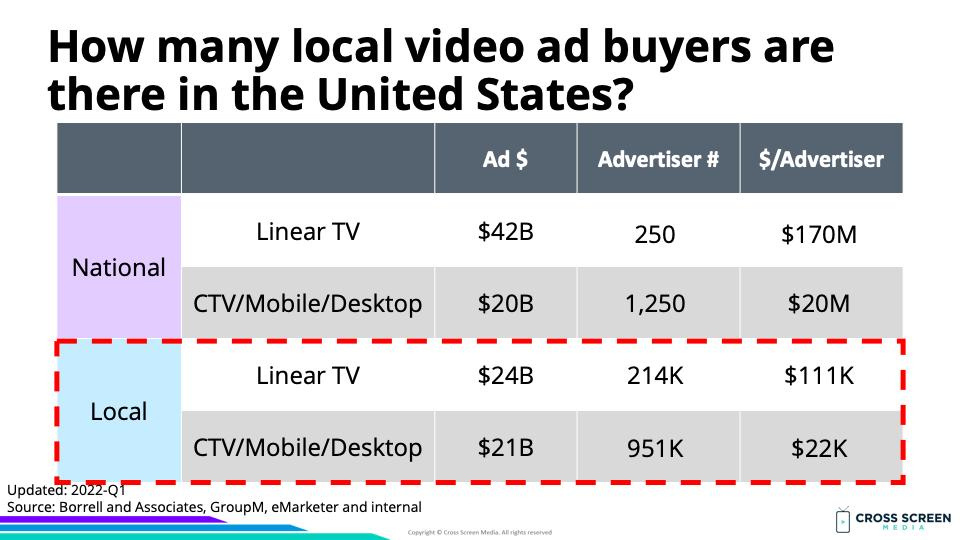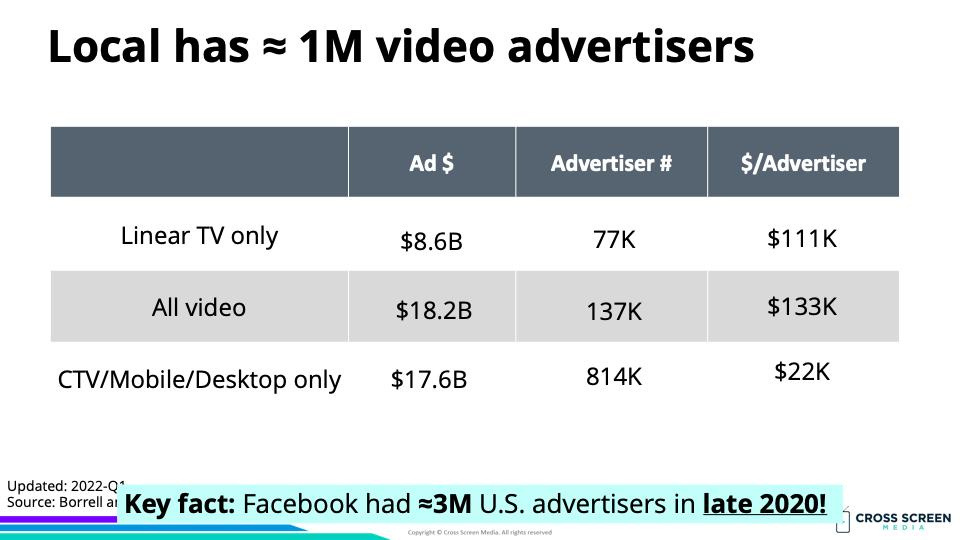



We strongly encourage you to make the switch to Google Analytics 4 as soon as possible. Doing so will allow you to build the necessary historical data and usage in the new experience, preparing you for continuity once Universal Analytics is no longer available.

The biggest data asset for companies in 202 might also be one of the least recognized.
Unstructured data now represents 80% to 90% of all new enterprise data, according to Gartner, but just 18% of organizations are taking advantage. Unstructured data, like product images, customer audio files, and comments from social media, represents an untapped opportunity for marketers.
“Every company has large amounts of unstructured data at their disposal—about their brand and the competitive landscape— from public forums such as review sites, rating pages, and comments on various social media channels,” says Pranav Desai, chief product officer at Reputation. “However, sifting through all of that information to find insights is time-consuming and challenging.”
The volume of unstructured data flowing into business in 2022 has never been greater, and surveys show that executives who say unstructured data is one of the most valuable sources of insights are more likely to exceed their business goals

Whereas structured data is focused on a fixed field and explicitly defined, unstructured data is generally not organized in a predefined manner. That means it can come from anywhere at any time. Desai says unstructured data unlocks deeper insights than structured data, but since it can come from a variety of listening posts and is qualitative in nature, it is difficult and timeconsuming to distill.
“The brands that invest in the time and tools to do so will unlock troves of insights that can grow the bottom line—and those are the brands that will ultimately beat their competition,” Desai says.
Deeper insight into competitors should allow organizations to better understand their strengths and weaknesses, as well as those of their competitors, and to further identify opportunities in the market going forward. For example, Desai says a brand that notices that a competitor does not have a strong social customer care program, and sees customers talking about that on social media, could use the information to make the right investments to improve that function on their end, and ultimately attract new customers
Reputation’s solution, which debuted earlier this month, allows companies to learn the ‘why’ behind their competitions’ online reputation, with the ultimate goal of gaining a competitive advantage by targeting customers based on market trends.
Desai says investing in competitive intelligence allows businesses to more efficiently find their own “golden nugget” to inform their strategies, which results in actions that foster growth.
Reputation’s competitive intelligence solution is a standalone product that pairs with the company’s RXM suite of products. It uses deep machine learning and natural language processing to aggregate competitor customer feedback.
Users can compare their businesses to competitors and discover more about the market. Competitor ratings, online review comments, category, and sentiment trends all play a role, as do “impact indicators” by location to help brands understand strengths, weaknesses, and opportunities within their markets.
Desai hopes to see brands using these actionable insights as fuel to help deliver the right experiences at the right time for customers, and to drive better overall business performance.
Tapping into unstructured data for competitive insights puts Reputation in the unique position of working to push the industry in a new direction, rather than capitalizing on a trend that’s already got momentum behind it.
“Customers have become accustomed to doing nearly everything online—they expect a digital experience that involves low effort on their end and speedy resolutions to issues,” Desai says.
“Some companies—often the leaders in their space—have invested in the right tools and platforms to do this, but others have not. As we move forward, this trend will stay with us, and organizations that take an insights-based approach to improve the customer experience will remain relevant long-term.”


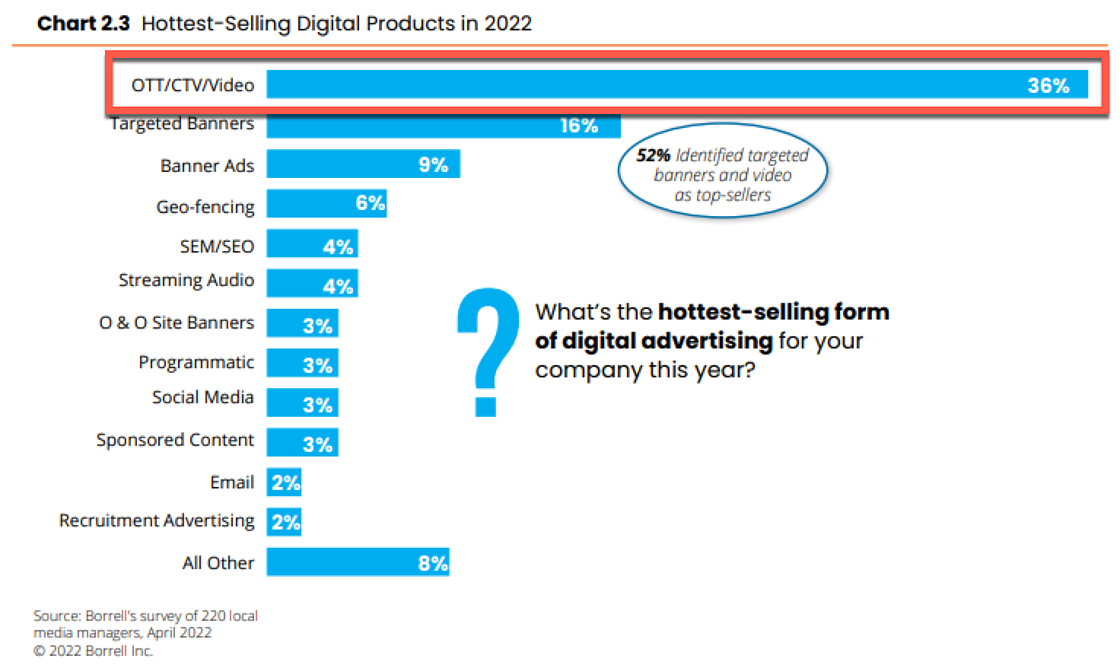

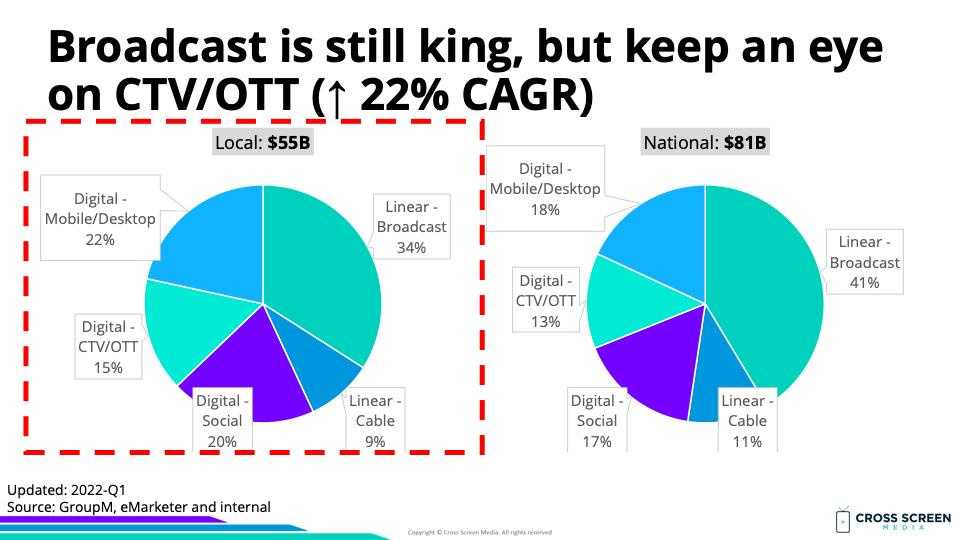
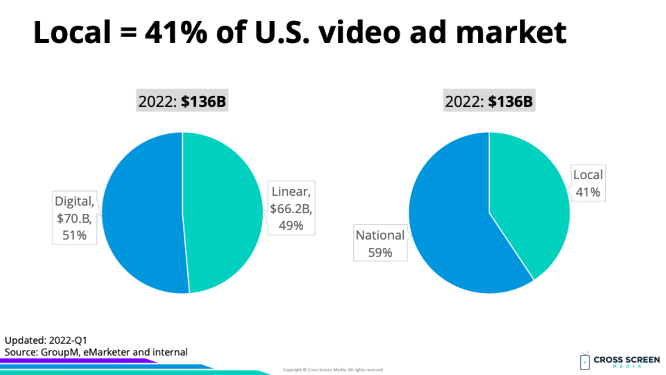
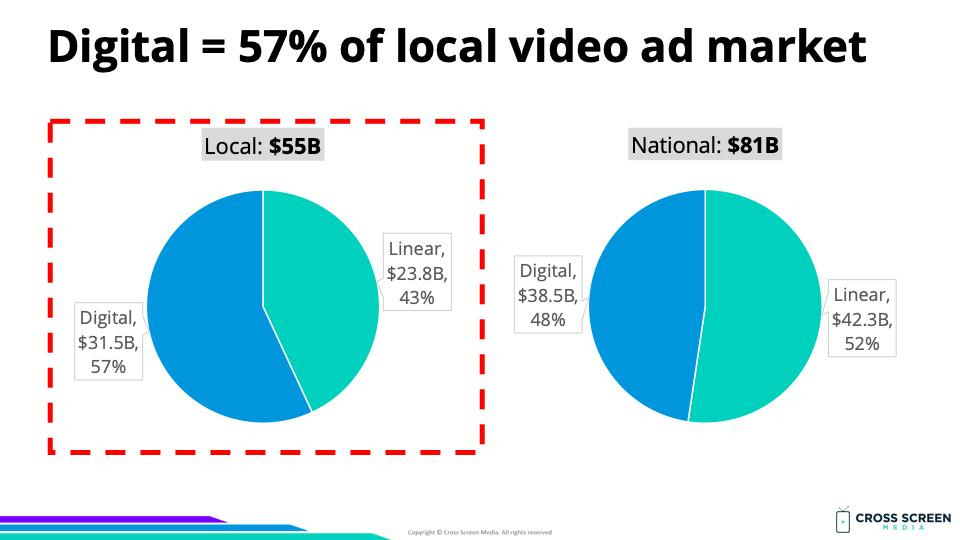
Estimated number of video ad buyers:
1) Local Digital - 951K
2) Local Linear - 214K
3) National Digital - 1.3K
4) National Linear - 250
Annual video ad spend per advertiser:
1) National Linear - $170M
2) National Digital - $20M
3) Local Linear - $111K
4) Local Digital - $22K
Why this matters #1: The local video ad market is the next battleground for convergent TV. Winning this space will require an offering built specifically for local advertisers. The same ad stack built for national advertisers with an annual video ad spend of $50M+ will not work for local advertisers spending $43K.
Why this matters #2: This is the exact problem we are solving at Cross Screen Media. Our vision is a single video ad platform allowing local advertisers to plan, activate and measure all forms of video advertising across every granular geography.
